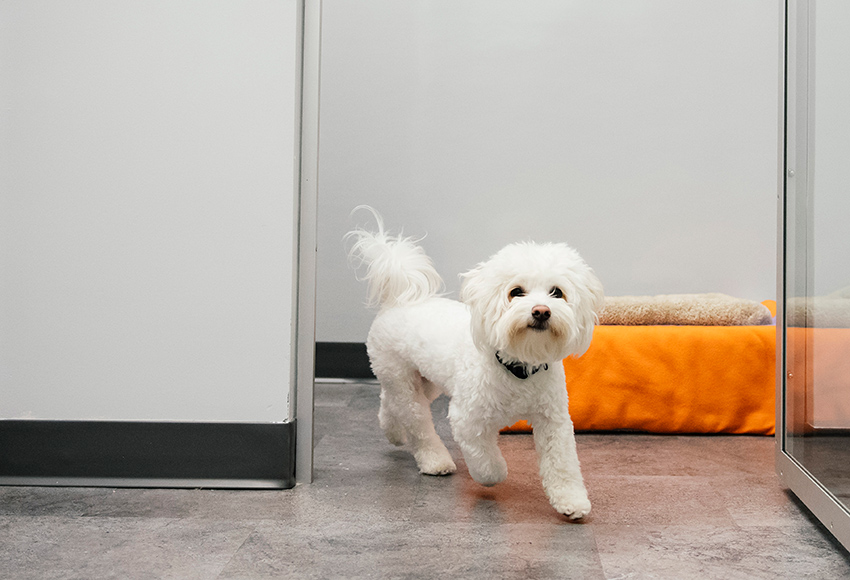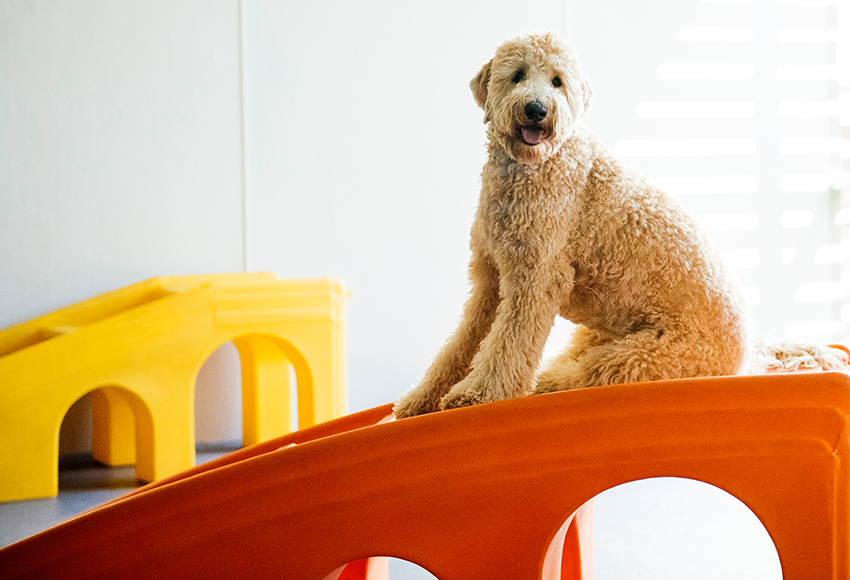Why Raw Diets Get a Bad Rap

People are always talking about what they feed their dog and the raw diet has taken off in popularity over the last few years. There are always pros and cons to everything, and a raw diet is no exception.
Raw diets offer the benefits of feeding “living food”, not heavily processed foods. But they can come with some pitfalls if the transition to a raw diet is not done correctly. Here are a few things to look out for with a raw food diet.
1. Balance -Many homemade and prey-model diets can result in nutritional imbalances in pets. Pets can end up deficient in antioxidants, or the correct trace minerals and vitamins or the right fatty acid balance.
2. GI Issues – Often GI issues stem from the speed of the change from kibble to a raw diet, rather than from the actual food itself. A quick change can result in diarrhea which is then blamed on the food. Kibble and raw food are processed differently by the pet’s body. Raw food is processed like a protein and is held in the stomach, where kibble is processed like a starch. If raw food is added to dry foods for a meal it can cause digestive confusion leading to gas and belching.
Raw food diets do not contain fillers, extra fiber and no hair. As a result the dogs stool will also be different, usually harder and firmer. After a couple of months of a fresh food diet pets can go through a detoxification process. The pet will be happy and alert, but he may shed out a lot of hair. Pets shed out their old, dead, dull hair and begin to grow a shiny soft coat. Pets on a fresh food/raw food diet tend to drink less water than those on a commercial kibble diet as well.
So there is lots to remember when making the switch to a raw food diet. But the biggest challenge will be transitioning at the right speed and pace so your pet has a chance to acclimatize to the new diet.







